Melling Tech Tips for GM LS Lifter Issues
If you are working on a GM LS engine, watch this tech tip video featuring Melling’s tech director Cale Risinger talking about Melling JB-7011 lifters.
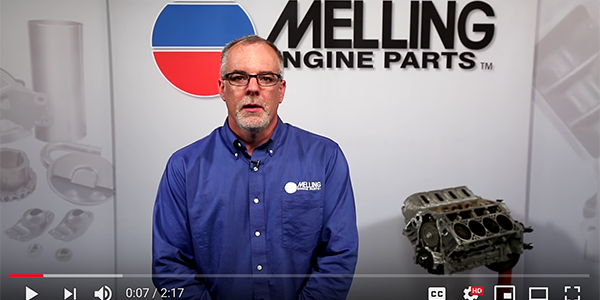
Engine Pro January Shop Solutions
CAM BEARING ISSUES LIKELY TIED TO BURRS We’ve found that almost all issues related to camshafts being too tight in the bearings are caused by burrs in the cam tunnel, which were caused by the original bearing installation at the factory. This is especially true with split cam bearings found in an LS or late
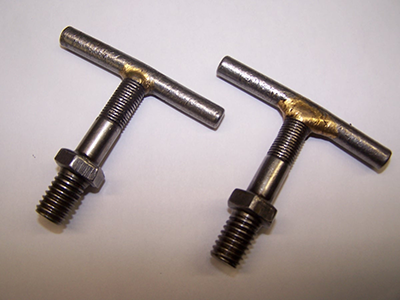
Street Performance Cylinder Heads Selection Guidelines
In simple terms, the cylinder head is just a casting that tops off the engine block, holds the valves and forms the combustion chambers. Working in combination with the camshaft(s), induction and exhaust systems, the head determines how the engine breathes, the engine’s power curve and personality. The “right” cylinder head will deliver peak power
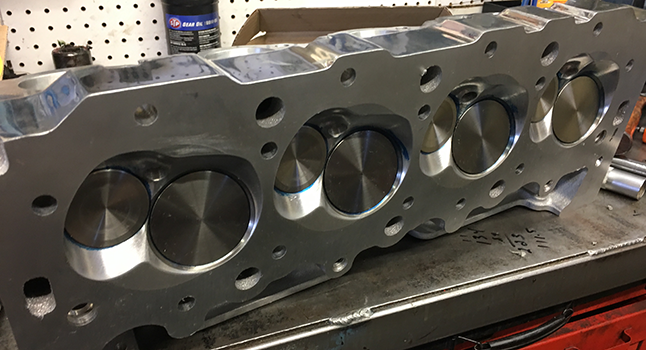
Piston Ring Selection
Through the proper selection of style, size and material, rings prevent blowby by sealing against the groove in the piston as well as against the cylinder wall. They should be as flat as possible, fit the piston grooves as tightly as possible, have the least amount of end gap that the engine can safely tolerate, and be as conformable as possible to seal against the cylinder wall.
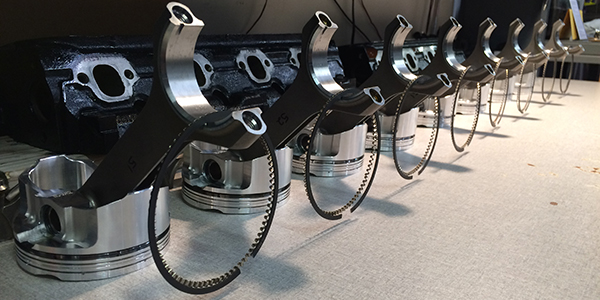
Oil Pumps – Pump Up The Volume to keep Engine in Tune
The Right Oil Pumps and Systems Keep Your Engines In Harmony This month we’re going to take a look at the component that can be considered the heart of your engine, the oil pump. Whether it’s a wet sump, dry sump, crank-driven, shaft-driven, etc. it is responsible for supplying the required oil that no engine
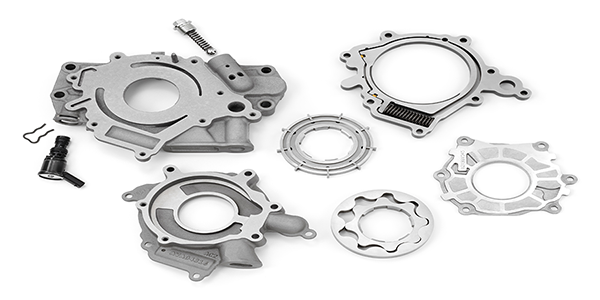
Camshaft Selection
“What camshaft should I use?” How many times have you been asked or heard that question uttered? Why is it so difficult to choose the “correct” camshaft for an engine build? What separates one camshaft design from the other? After all, isn’t it true that a camshaft opens and closes valves? Simple, right? Well let’s
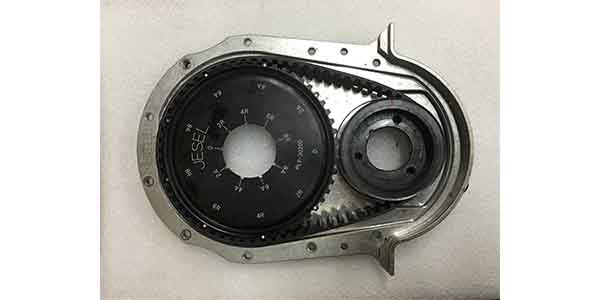
Racing Rods – Engine Builders Have Options
Choosing a set of connecting rods is one of the critical steps in a performance engine build. The rods have to be strong enough to handle the anticipated speeds and loads, but also affordable for customers who have a limited budget. Most stock rods in late model engines can safely handle 400 to 500 horsepower.
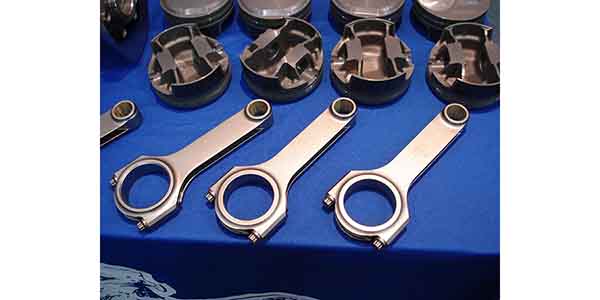
Powerhouse Pinto Engine Makes 3.26 Ponies Per Cube
Doug “Burton” Brown of Fremont, WI, raced stock cars for more than 30 years before he got into land speed racing at Bonneville and other venues. In 2010, he set a record with a Datsun Z-car, and about a year later he found a Bonneville Streamliner on eBay and purchased the engine-less car for somewhere
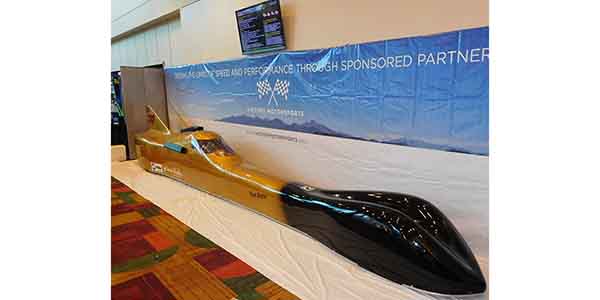
High Performance Engine Bearings
Building a high performance engine is always an adventure. You never know how much horsepower and torque an engine will make until it’s on the dyno. And you never know how well the engine will hold up until it is put to the test on the strip, race track, street or water. The bearings that
High Performance Engine Oils
Boy, has life ever gotten complicated! Back in the late ‘60s and early ‘70s when Jim Kirby, Mike Kausch, and I were racing fueler Chevy funny cars, there were only about six American racing oils on the market. Three were produced by major oil companies (Pennzoil, Quaker State and Valvoline), and three were produced by
Understanding How To Tune Carburetors
An engine only runs as well as it is tuned. You can build a killer motor using all the best parts and machine and assemble everything with the utmost care, but if it’s a carbureted engine and the carburetor isn’t setup or tuned right your killer engine may never live up to its full potential.
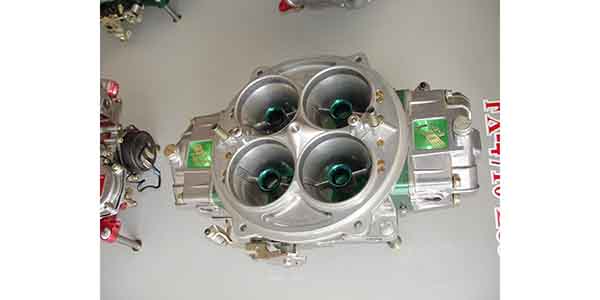
The Key to a Productive Test Cell – What you need to know about engine test cell support systems to ensure reliability
When it comes to a productive engine test cell, the key might surprise you. While the dynamometer satisfies the core requirements, support systems are especially critical to delivering performance – on top of the fact that these systems can significantly reduce risks associated with health-safety issues. And for OEM dealer and distributor networks where vehicle
